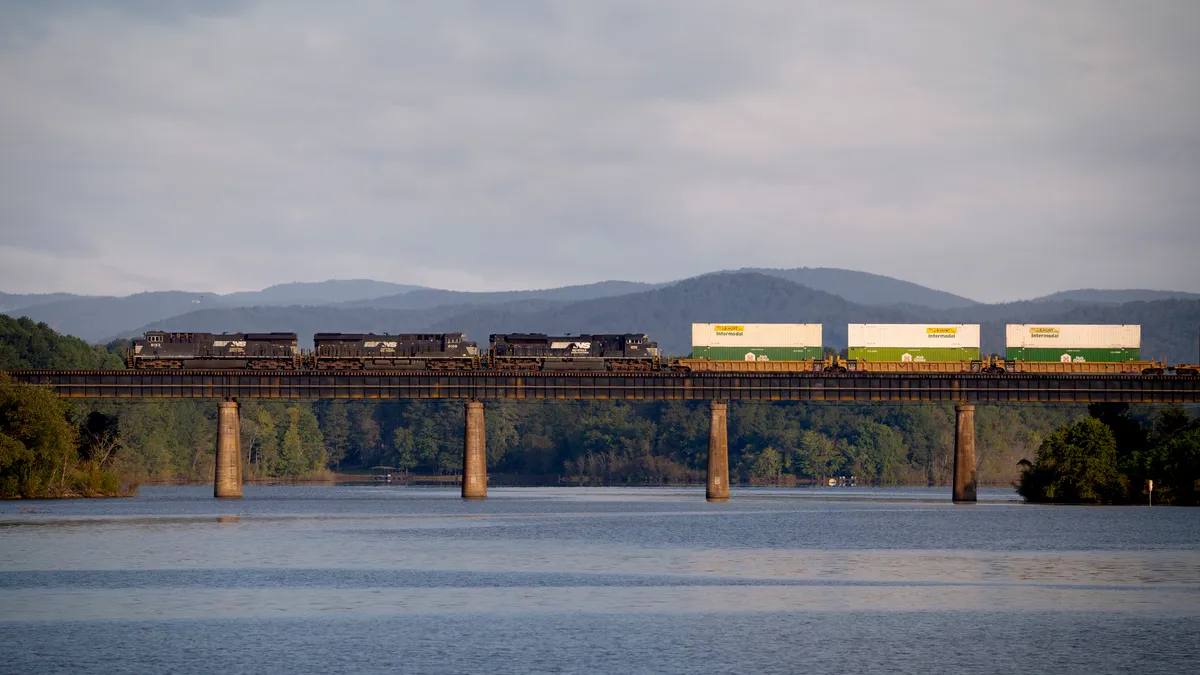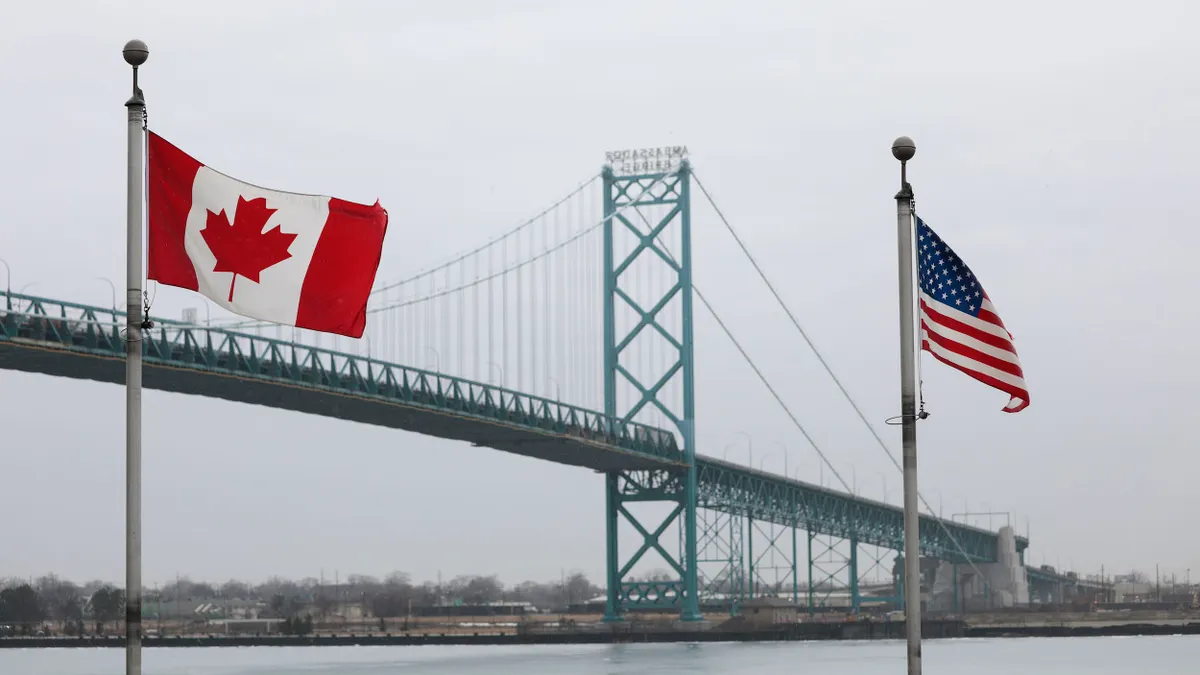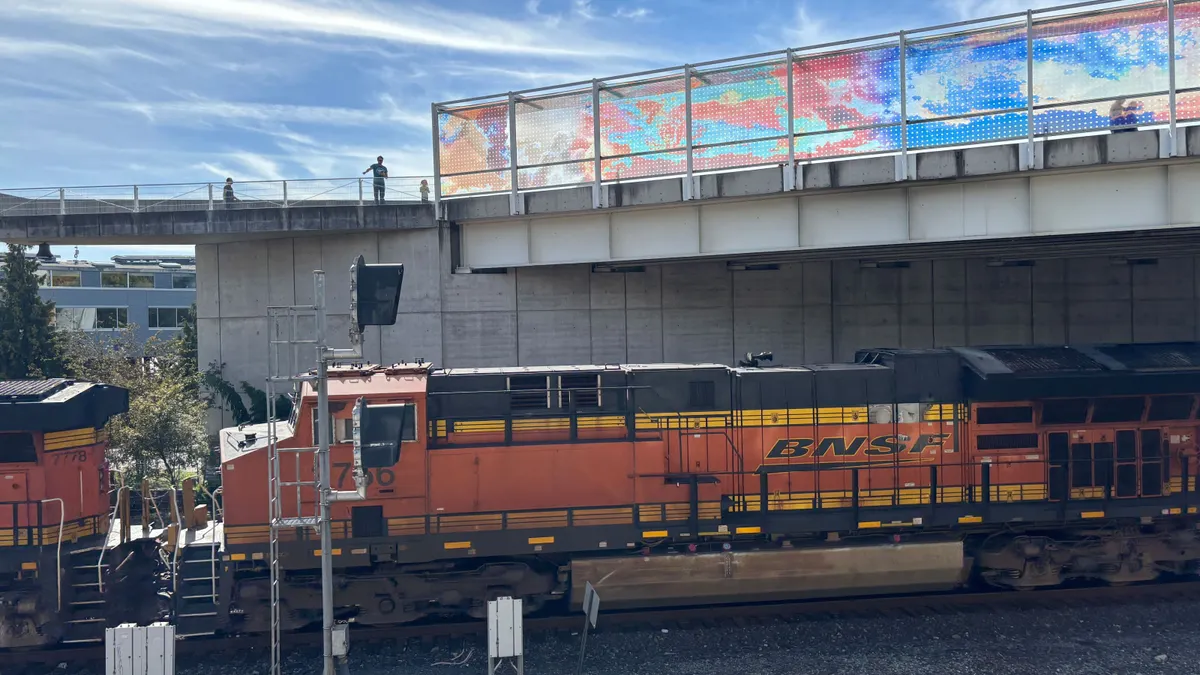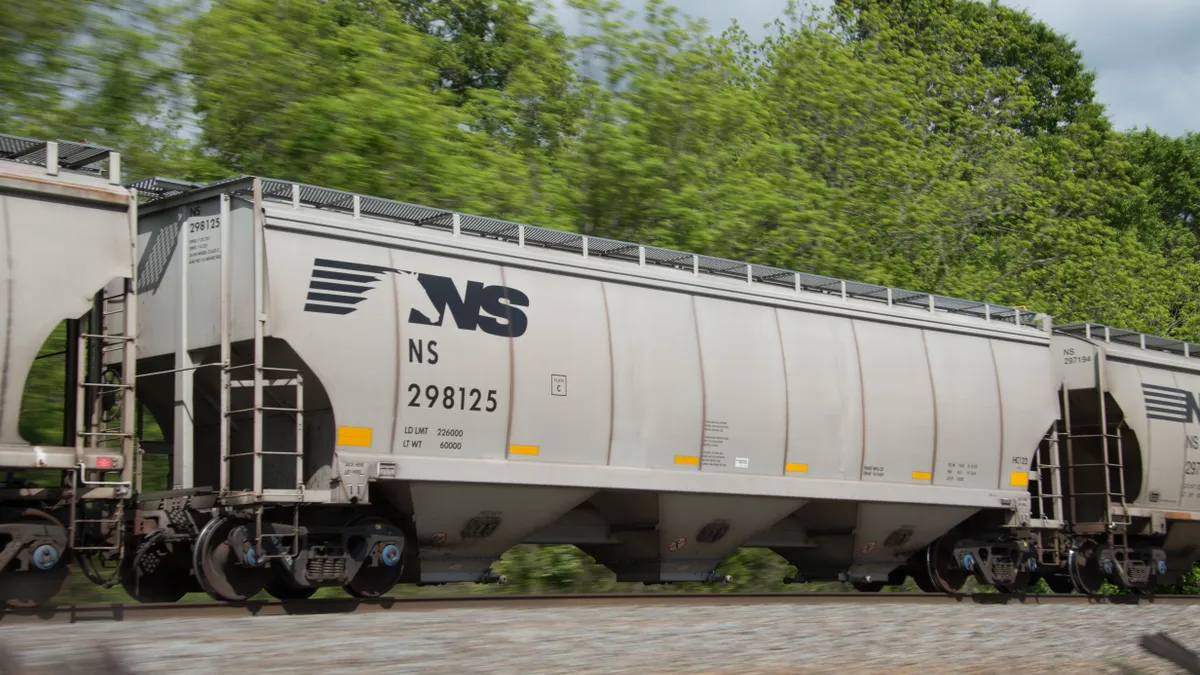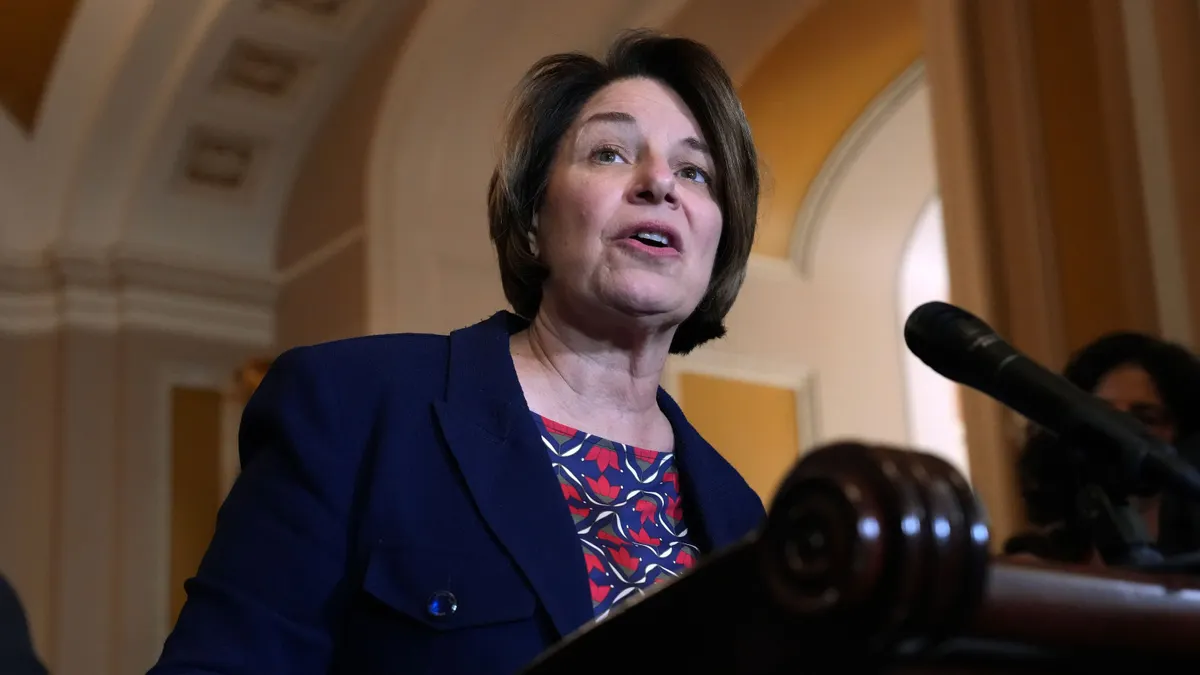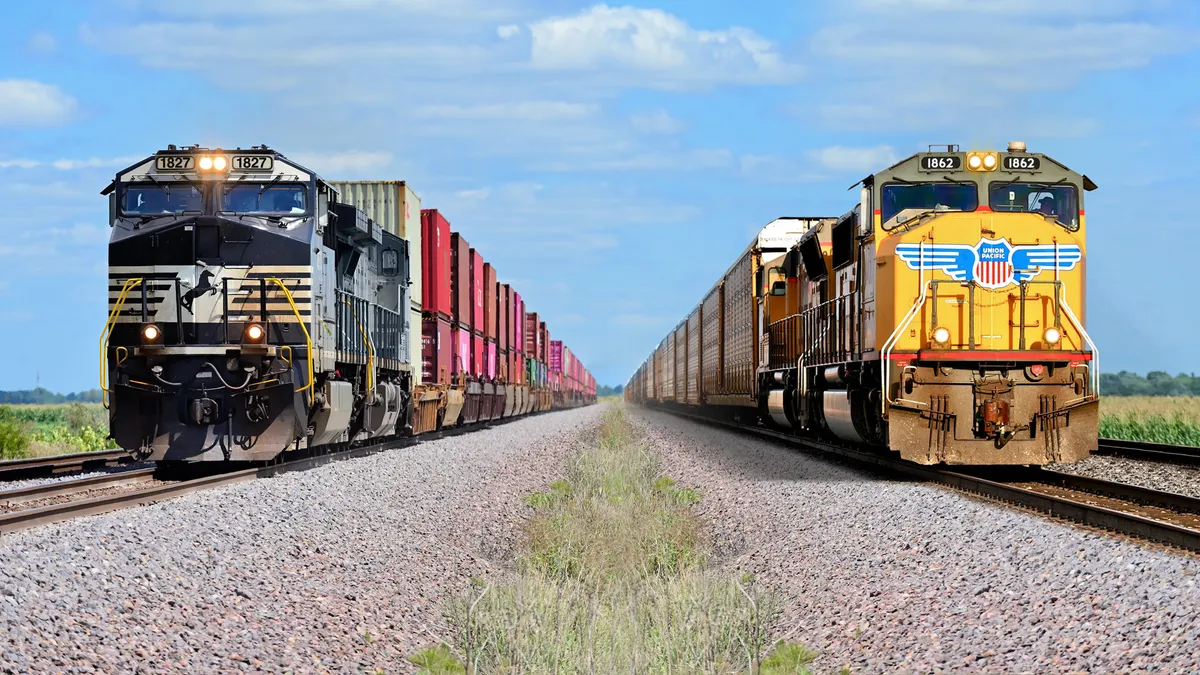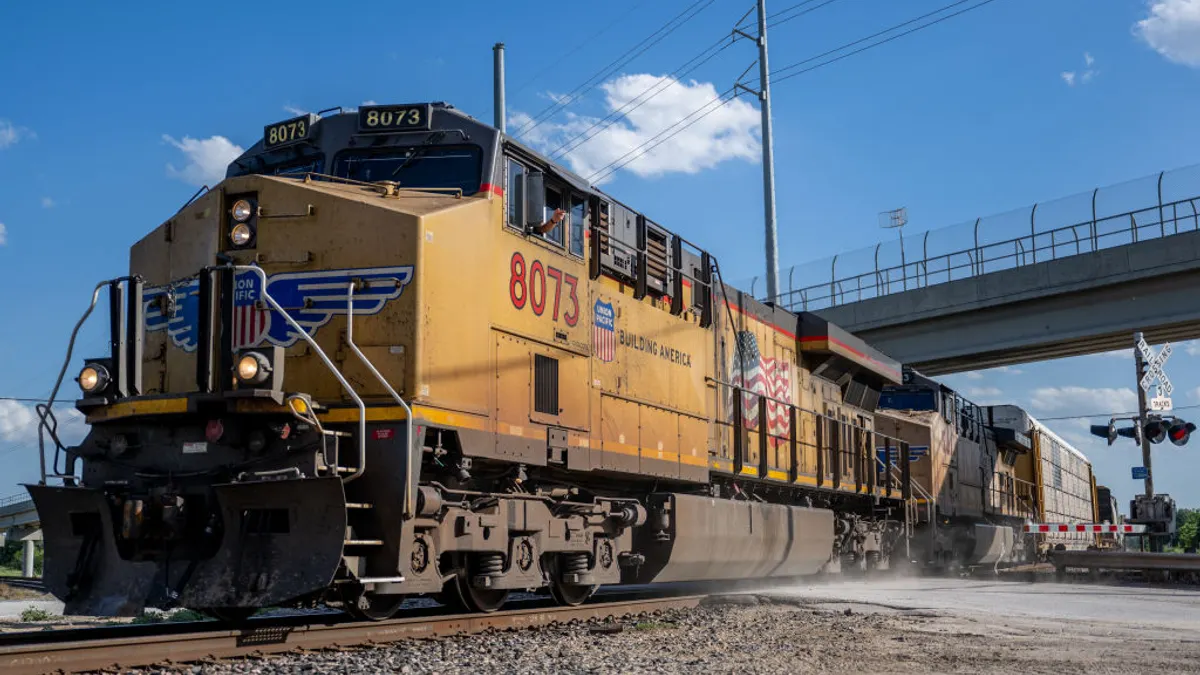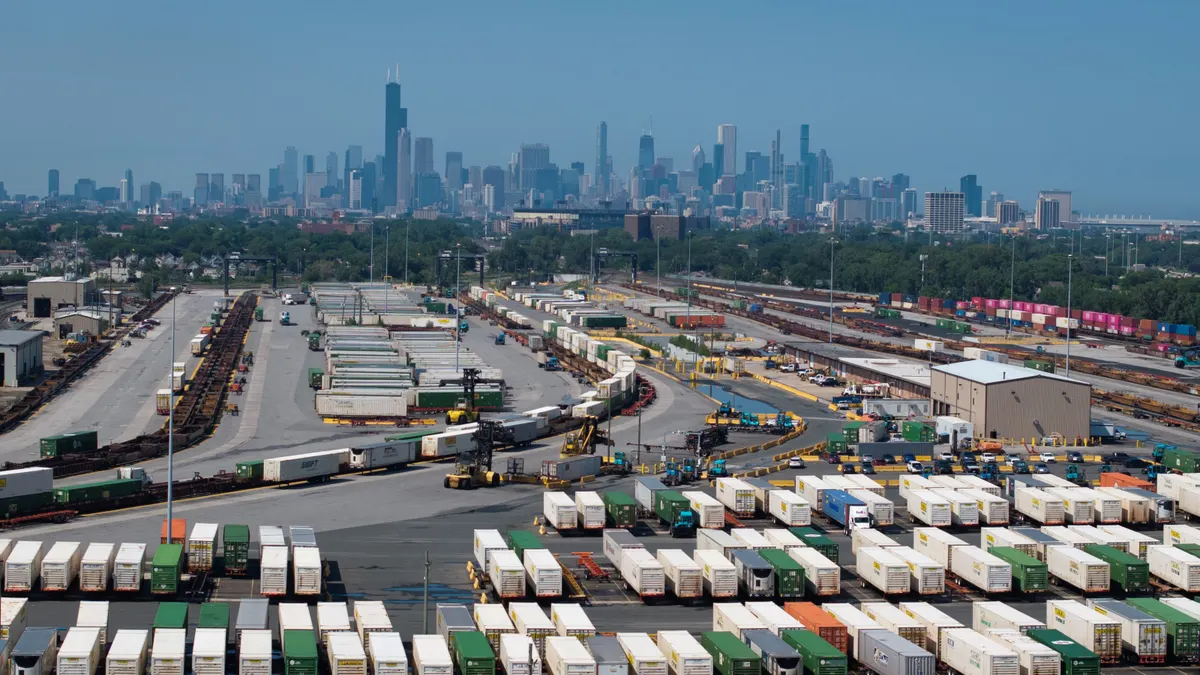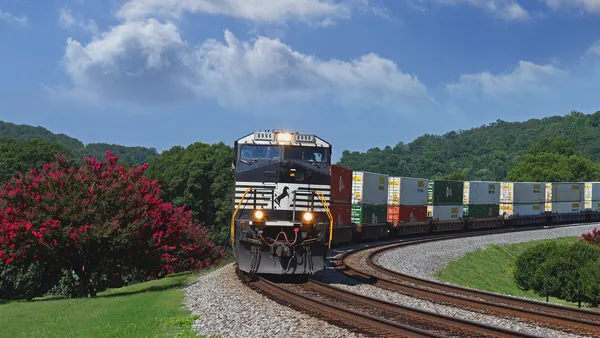Danielle Zanzalari is an Assistant Professor of Economics at Seton Hall University. All opinions are the author’s own.
In 1862, President Abraham Lincoln signed the Pacific Railway Act, launching one of the most ambitious infrastructure projects in American history — the transcontinental railroad. Lincoln understood that connecting the country’s farthest corners by rail would unite the nation, unlock trade and cement America’s industrial leadership.
More than 160 years later, Lincoln’s vision is finally within reach. Union Pacific and Norfolk Southern’s recently announced network merger will finally connect America’s coasts, unlocking economic efficiencies for the country in the process.
But before it can leave the station, the merger still needs regulatory approval from the Surface Transportation Board. The process can take over a year as the railroads must prove to the STB that the merger serves the public interest. Union Pacific and Norfolk Southern have a strong case, and it rests on demonstrating the economic efficiency that a coast-to-coast railroad will deliver.
The merger would dramatically strengthen the U.S. supply chain, linking over 50,000 route miles across 43 states and about 100 ports. By introducing single-line national rail service to shippers, the coast-to-coast railroad would result in fewer costly handoffs between lines, shorter delays and faster delivery of goods to market. With inventory holding costs amounting to about 25% of a good’s value, according to a University of Illinois at Urbana-Champaign study, shaving days off delivery translates into real savings for businesses and, ultimately, consumers.
One of the biggest inefficiencies in today’s rail system comes from interchanges, the areas in the middle of the country where railcars are handed off from one company’s line to another’s. Each interchange introduces friction. Trains may sit idle in yards for hours or days, crews must be reassigned, and paperwork must be processed. These handoffs slow down the system and create uncertainty that ripples through supply chains.
A coast-to-coast railroad would eliminate many of these chokepoints altogether. A single-line system allows shippers to move freight directly from origin to destination, reducing dwell times, minimizing the risk of missed connections and lowering overall logistics expenses. For manufacturers, that means leaner inventories and faster turnaround. For retailers, it means products on shelves sooner and at lower prices.
For shippers, eliminating handoffs makes the network more reliable. Each interchange is a potential failure point: a mechanical issue, labor shortage or weather delay at one junction can cascade through multiple carriers and regions. By contrast, single-line service puts responsibility in the hands of one operator, with consistent scheduling, unified technology platforms and streamlined accountability. That reliability strengthens the entire U.S. economy by ensuring goods reach ports, factories and consumers on time.
Commerce Secretary Howard Lutnick weighed in on the importance of addressing the interchange problem in an Aug. 19 interview with CNBC, saying that the “concept of making it more efficient to get across the country is obviously something that we applaud.”
Doing so would also support the Trump administration’s efforts to revitalize American manufacturing and secure the nation’s supply chains. For years, manufacturers have argued that unpredictable shipping times and fragmented logistics networks undermine their competitiveness. By creating a seamless, coast-to-coast rail corridor, the Union Pacific–Norfolk Southern merger would reduce delays, cut costs and give U.S. factories faster access to ports and domestic markets. That reliability is essential as companies bring production closer to home and as policymakers emphasize supply chain resilience in strategic sectors from semiconductors to energy.
A unified rail network means fewer disruptions in the flow of raw materials and finished goods, making it easier for U.S. manufacturers to keep assembly lines running and deliver products on time. Just as the administration has invested in reshoring and industrial skills training, eliminating rail handoffs ensures that the logistics backbone of the economy keeps pace. Together, these policies and private-sector initiatives would strengthen America’s position as a manufacturing hub.
We have already seen what this kind of integration can do. In 2023, Schneider National switched to single-line service between Chicago and Mexico City via Canadian Pacific Kansas City, and its cross-border volume grew at twice the industry rate. The STB approved the merger of Canadian Pacific and Kansas City Southern in part because the two railroads did not have overlapping routes. The same logic applies to Union Pacific, which serves the western U.S., and Norfolk Southern, which serves the east.
Given the scale of the benefits and the absence of overlapping routes, there is a strong case for timely approval from the STB rather than years of procedural delay.
Lincoln’s transcontinental railroad united part of our industrial landscape, but it left gaps in coast-to-coast connectivity. Today, there is a private sector opportunity to complete that work. A coast-to-coast single-line service would make the U.S. the natural hub for North American trade, ensuring goods can move seamlessly between domestic factories, ports, and neighboring markets of Canada and Mexico.
The Union Pacific–Norfolk Southern transcontinental railroad is not just about laying down track; it is about building a faster, stronger, resilient American supply chain and fulfilling a vision more than 160 years in the making.


